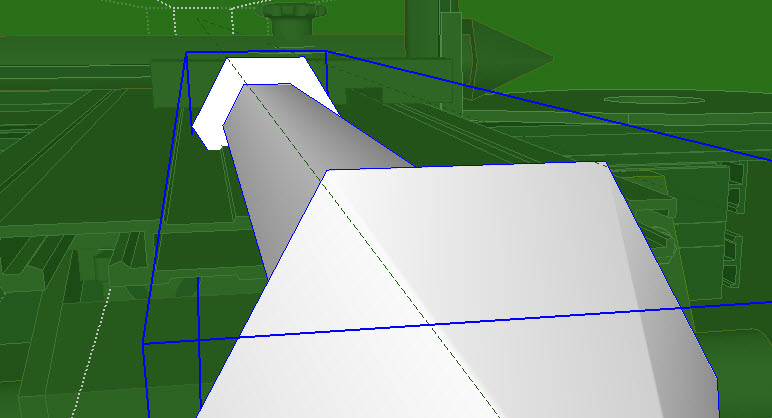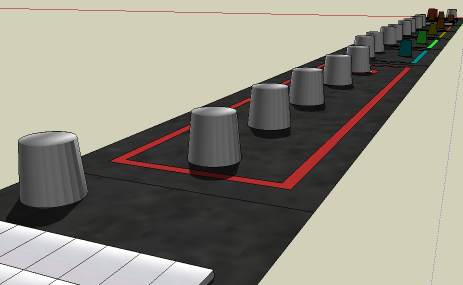Hi James,
Not in London right now, but the location and the website look completely genuine, I'd suggest you call them up and talk. Or you might want to go to the source and check out http://www.bioresin.de
Bob
Hi James,
Not in London right now, but the location and the website look completely genuine, I'd suggest you call them up and talk. Or you might want to go to the source and check out http://www.bioresin.de
Bob
There are a set of instructions for using Kerkythea on a Mac here. If you don't have the Leopard version of the MacOS then you need to install some extra code to let Kerkythea run on your Mac. Instructions are in the pdf.
To export from SU to Kerkythea you need the SU2KT plugin available from the KT downloads area here. Again, instructions are in the pdf.
Note that you need to have X11 running if you want your exported file to open automatically in Kerkythea.
Bob (who is not a Mac user)
@unknownuser said:
Strictly speaking, pngs don't have alpha transparency; they just don't have any background.
I believe that pngs have the capability of a full alpha channel, though it may not always be used. It's GIFs that only support a single 'transparent color' mode.
Bob
@unknownuser said:
tRNS contains transparency information. For indexed images, it stores alpha channel values for one or more palette entries. For truecolor and greyscale images, it stores a single pixel value that is to be regarded as fully transparent. http://en.wikipedia.org/wiki/Portable_Network_GraphicsWikipedia
I think that it may be because the slider that controls the traveller motion isn't exactly parallel to the rail. The guide-line in the picture is taken from the rail edge to the corner of the far end of the slider.
Bob

For scrolled rectangles see this post - you'd need to delete some unwanted stuff.
Bob
PS No time to test it now - I'll try later.
Try Draw helix 13 and set the pitch to 0 to keep the helix 2d.
Or K tools will allow you to define your own equation for the spiral.
Bob
I use SnagIt from TechSmith - it has an option to scroll windows to capture them. Very useful for long lists like that.
Bob
He's gone I think - but he said he was cycling St Malo to Paris and back - about 800km or 500m round trip.
Bob
I had a long phone call this morning and played with your mixer modules - here's one turned into a component and using components for the repeating parts. This brings the module size down by about half from the groups in your version - but because there are 24 of these in the model the model size drops from 6.5Mb to 0.6Mb.
Bob
PS This is rotated flat as I suggested - needs to be rotated back 7.6 degrees to go into the board.
PPS I made some of the coloured knobs unique - I'm sure it's possible to change the color of some instances of the same component but I couldn't get it to work.

The level indicators aren't lying flat on the surface of the mixer - see the picture below. You can rotate the panel back into place.
It's more difficult working on a sloping surface. I think that - for building - I would make the main surface horizontal; then rotate it to the right angle when all the components were complete. That way most of your lines will be in the XYZ axes.
I'd also make much more use of components, as well as making each mixer module a component, you can make each knob a component - then the knob geometry is only stored once - instead of the 400 you have now.
Bob
